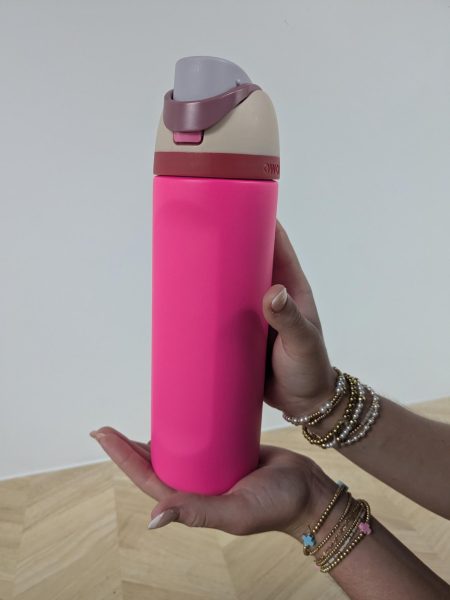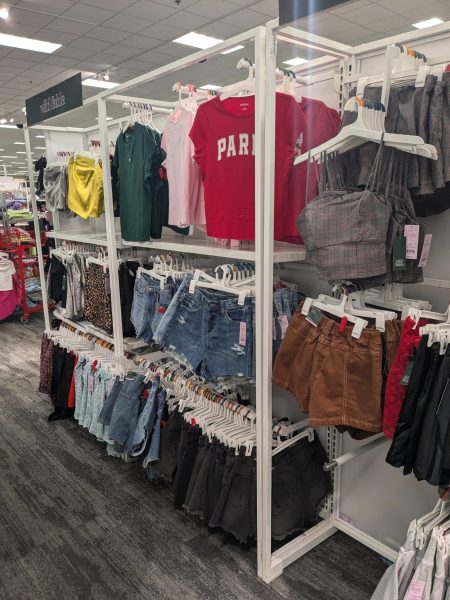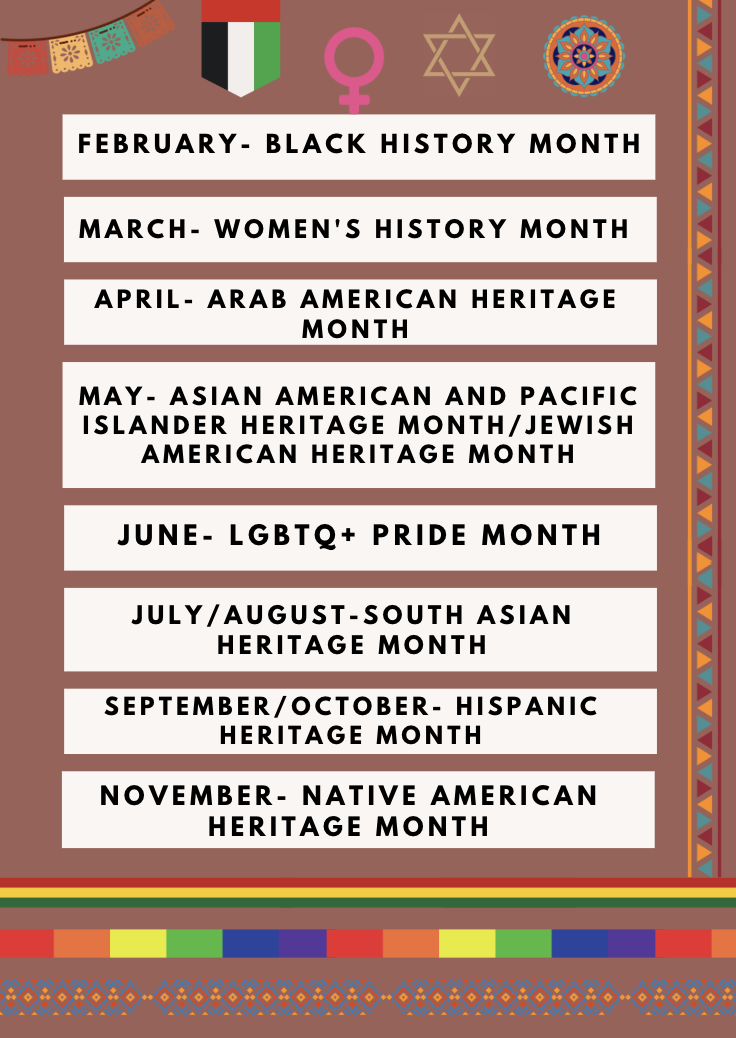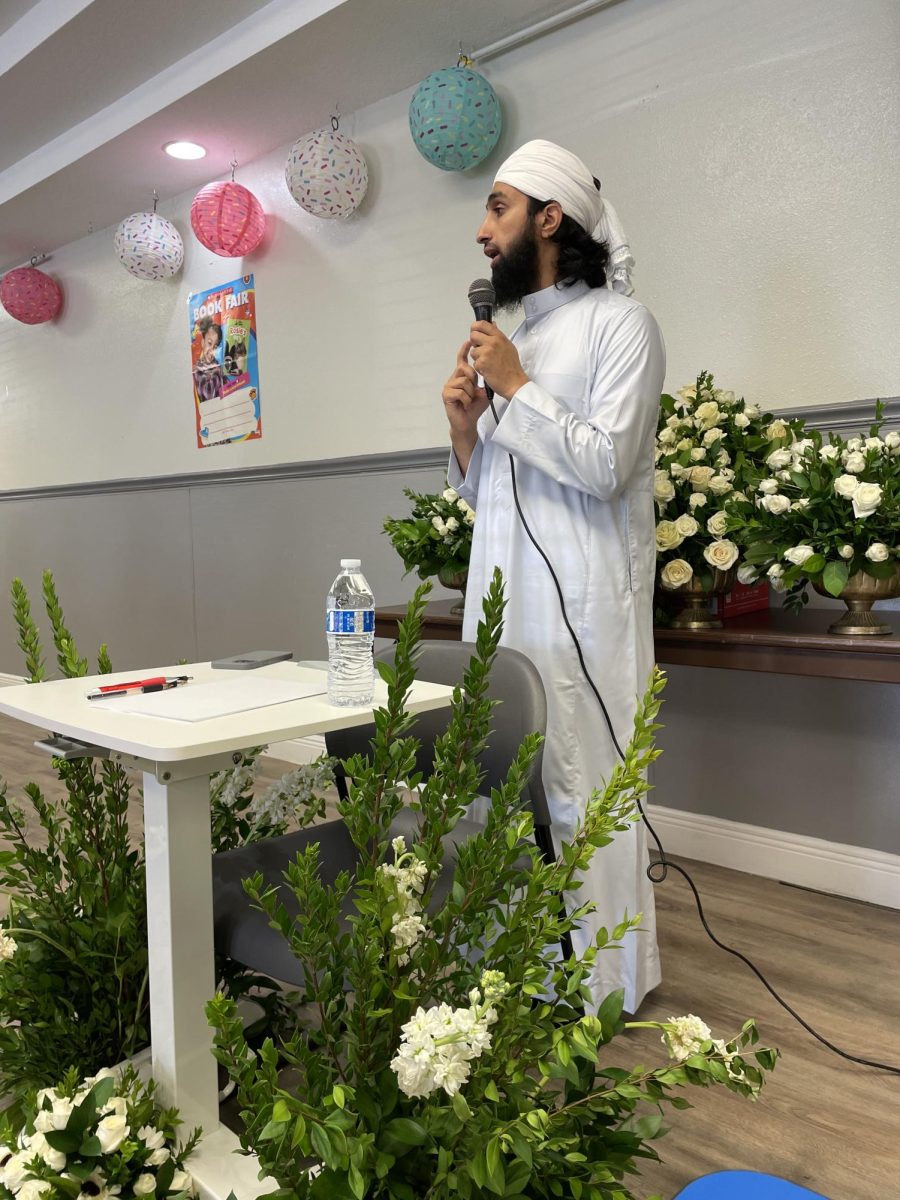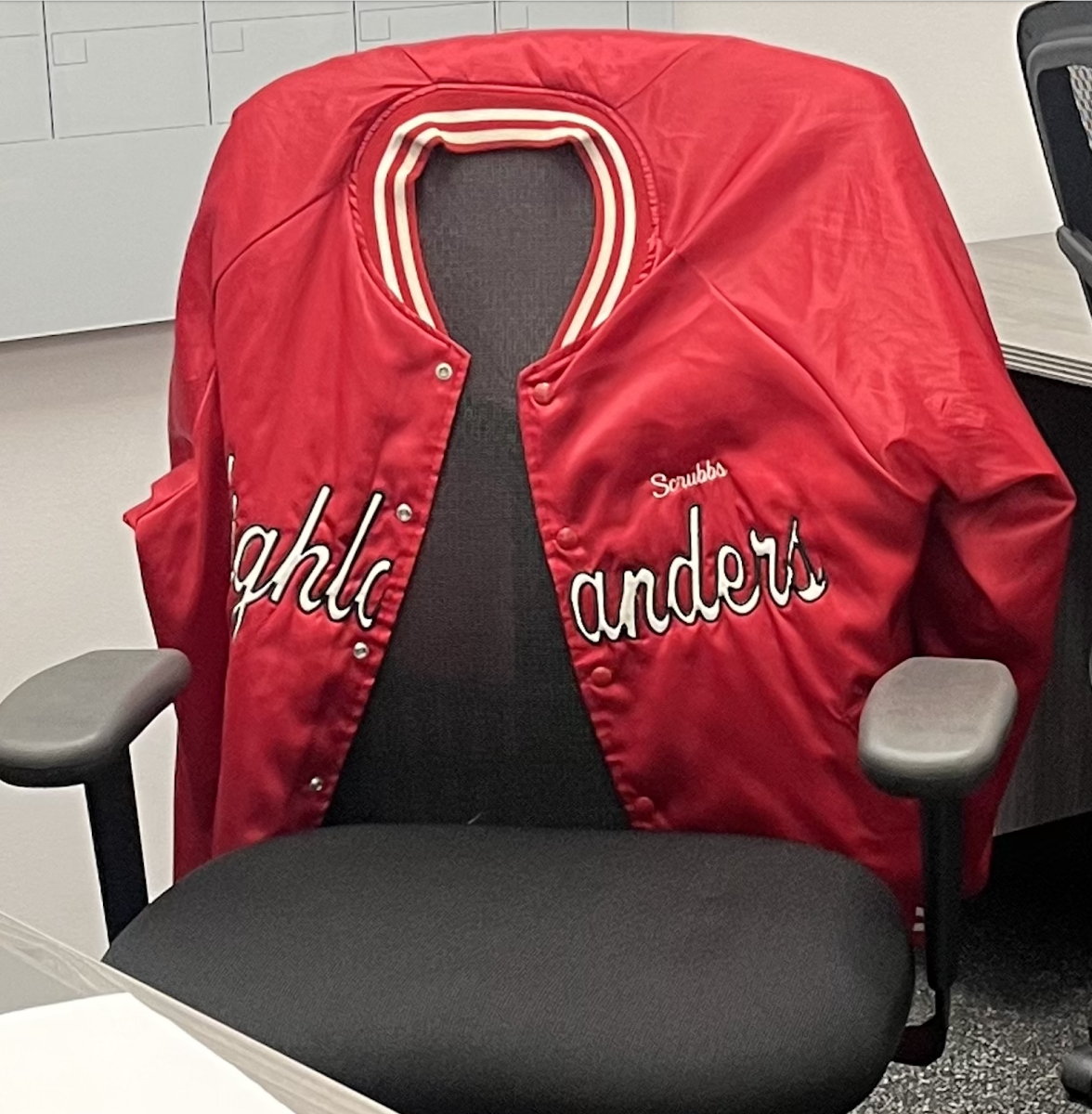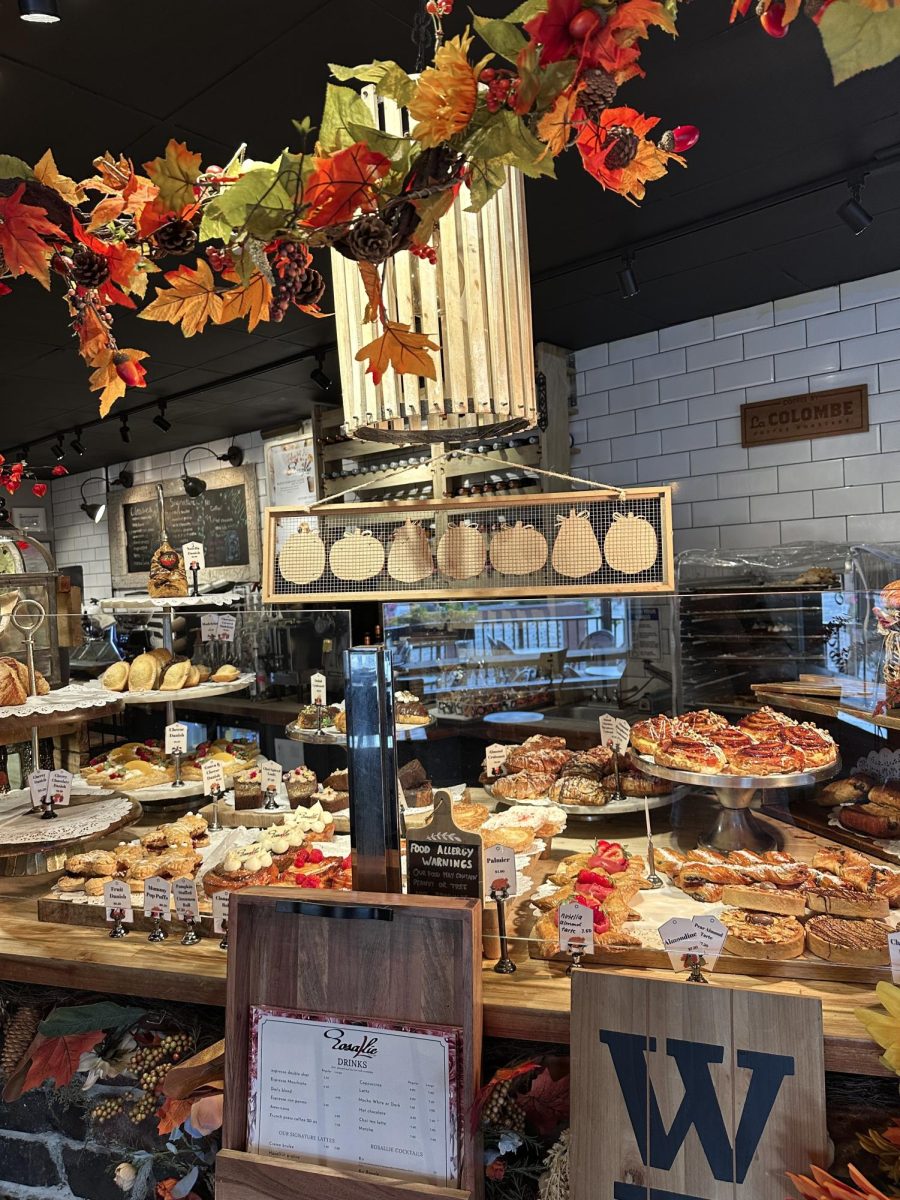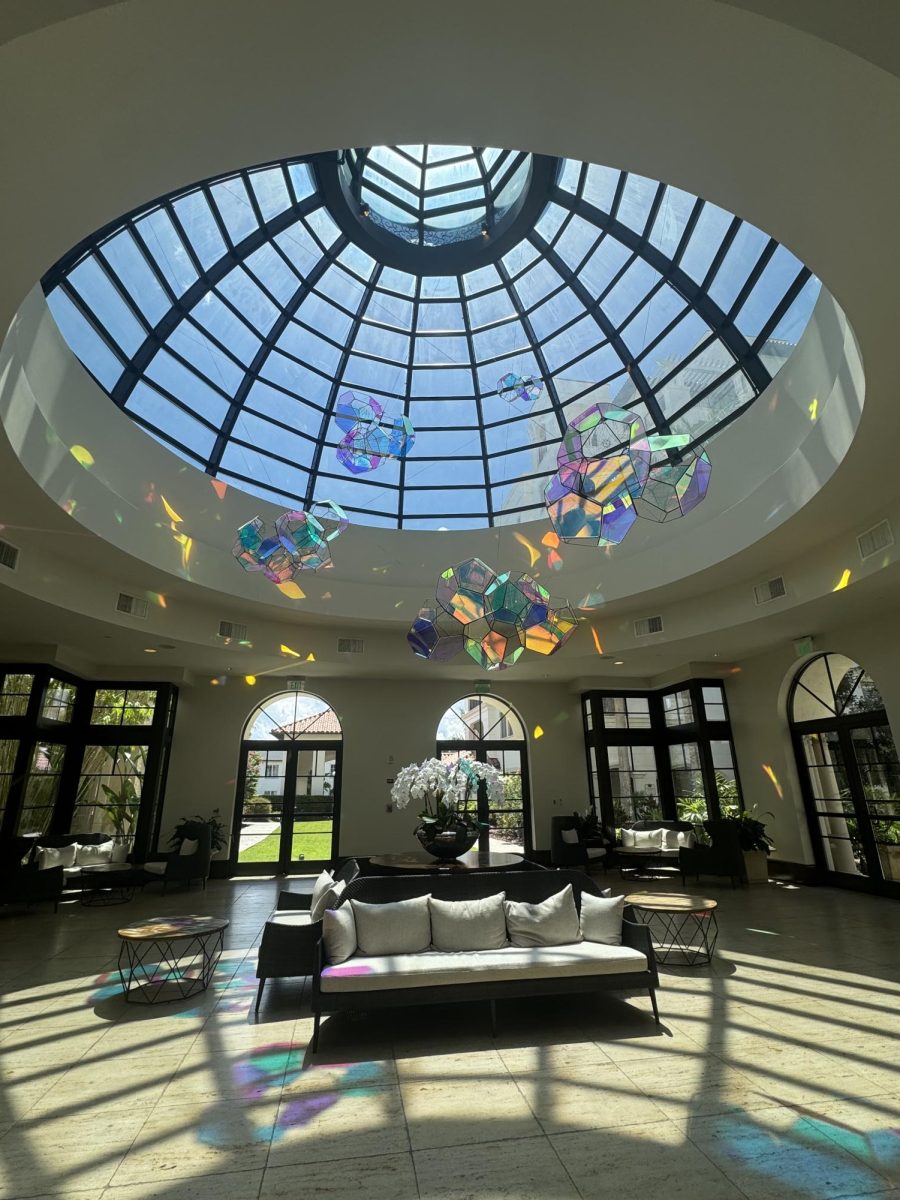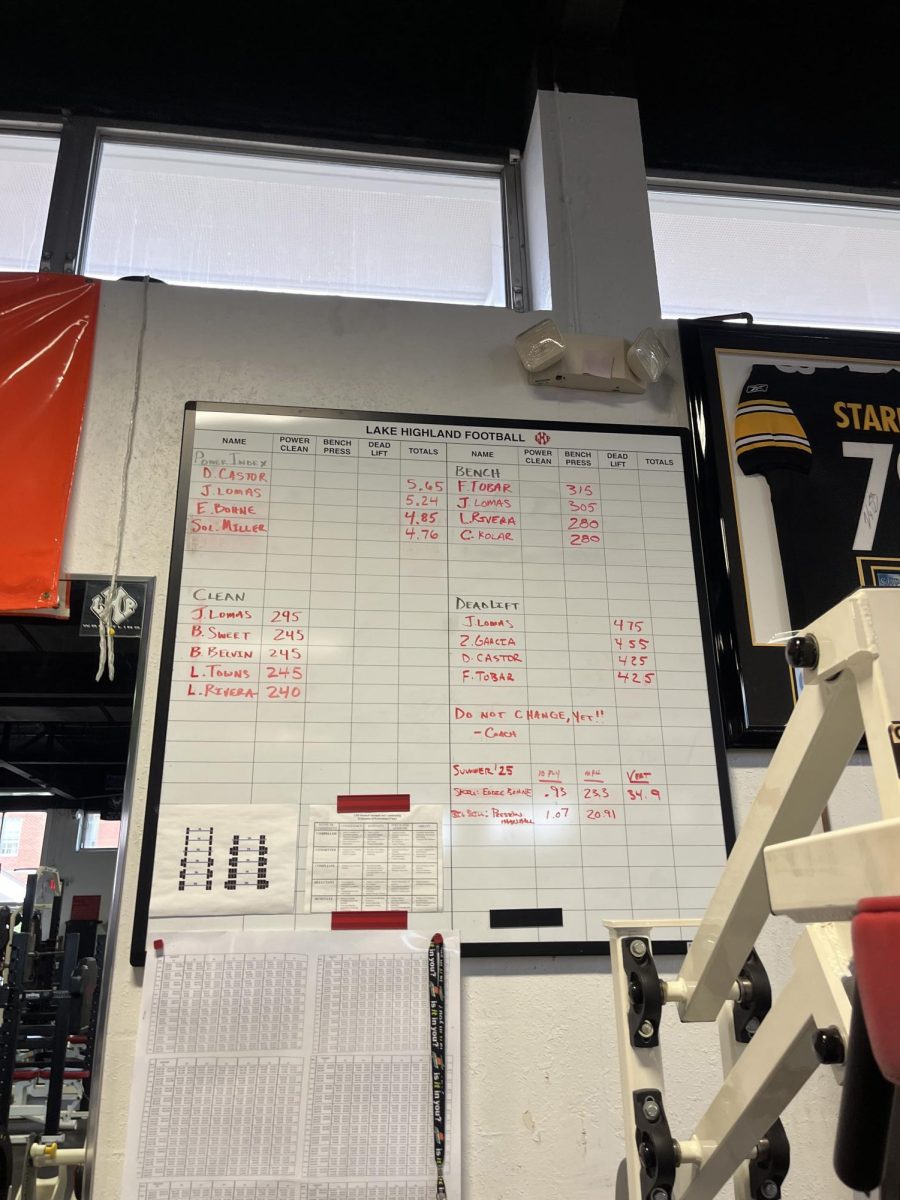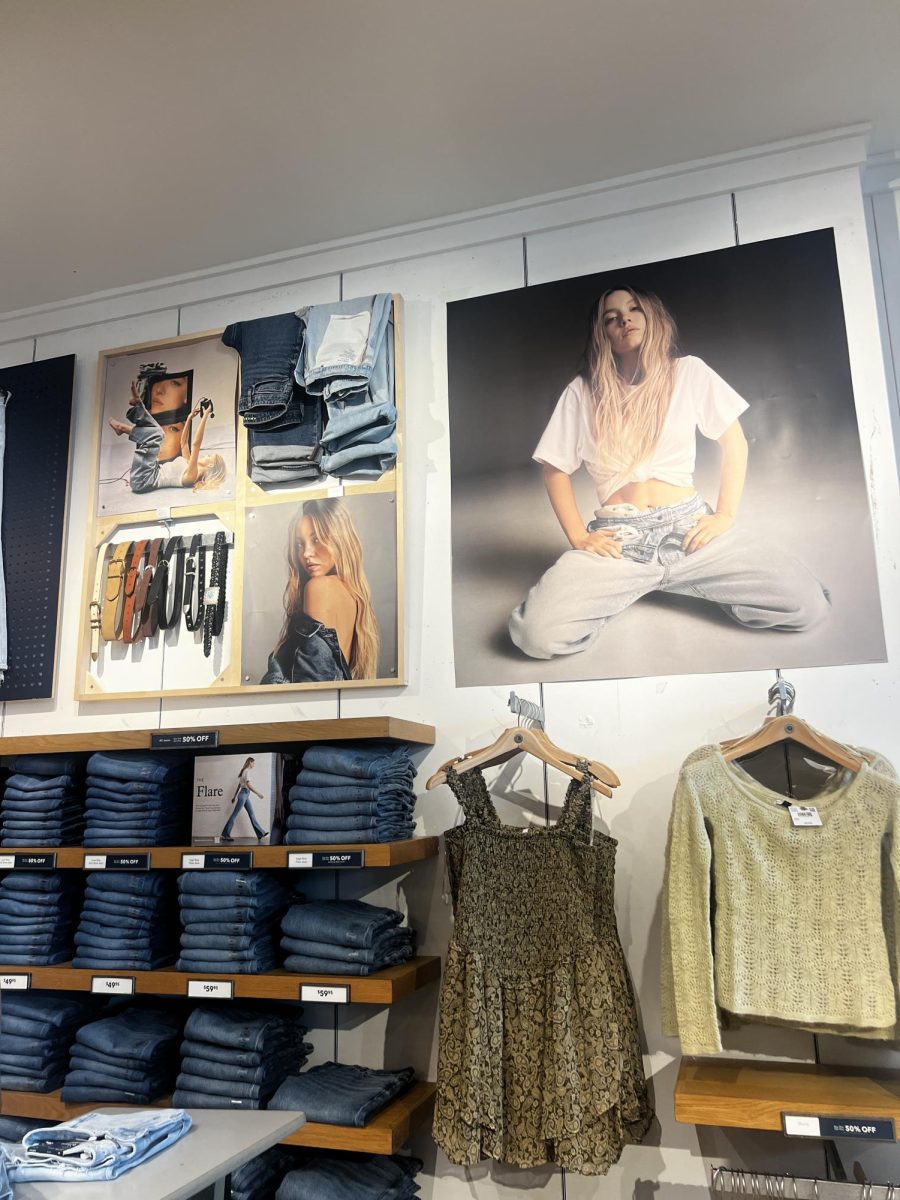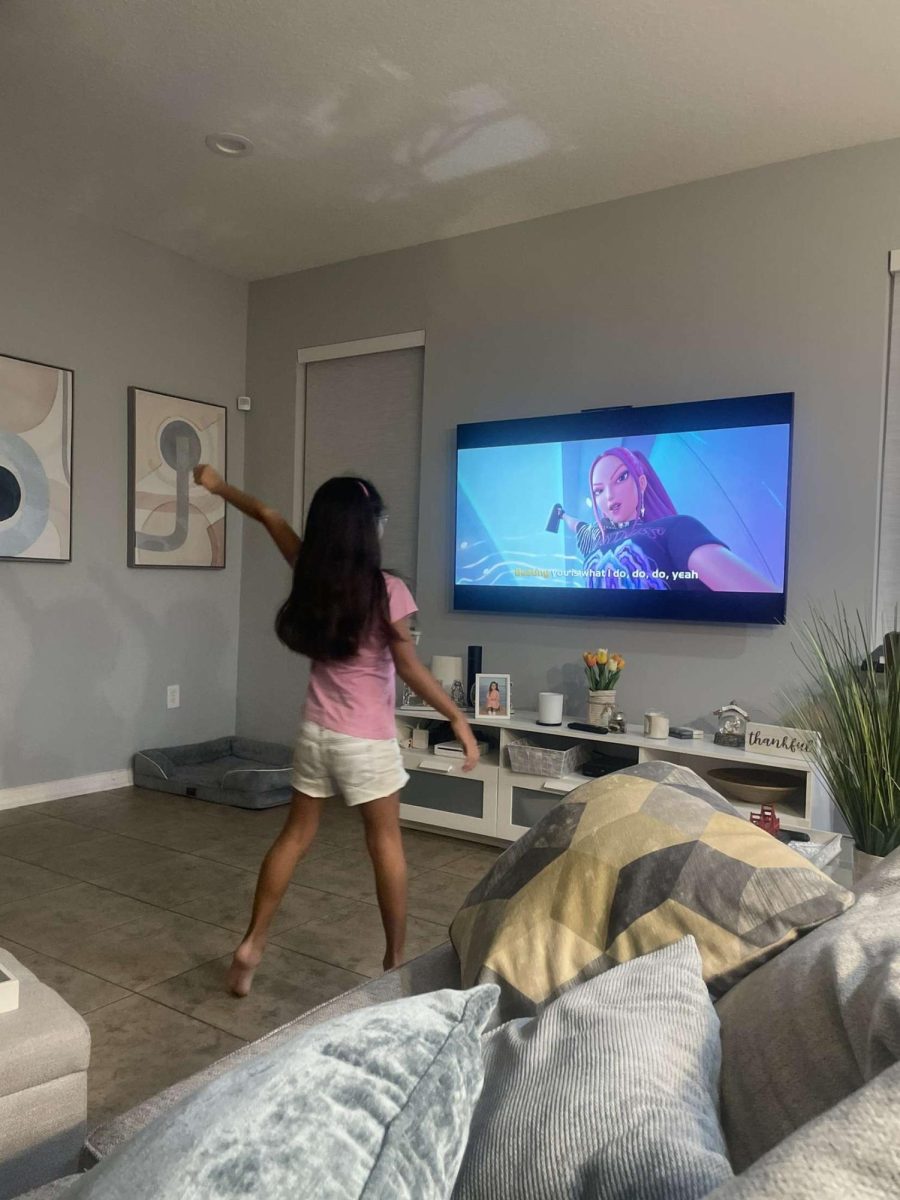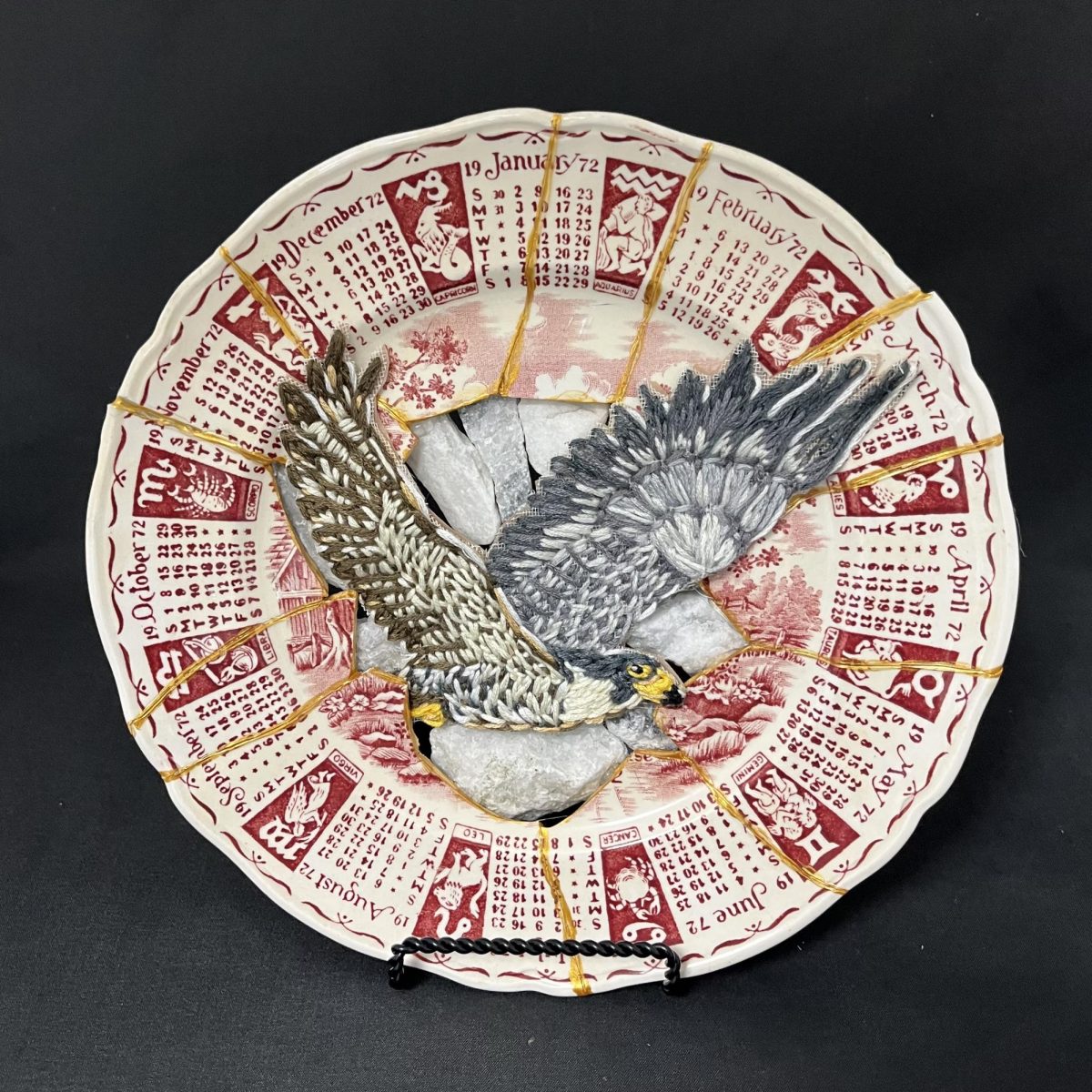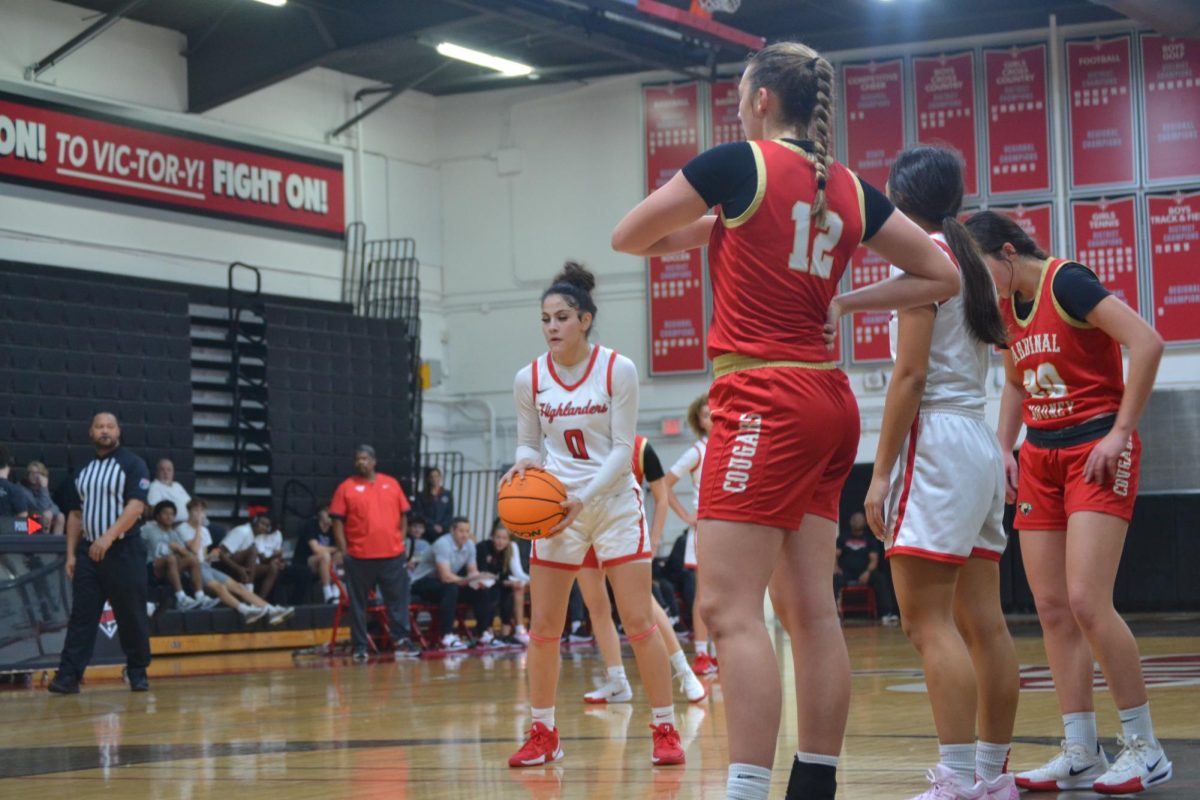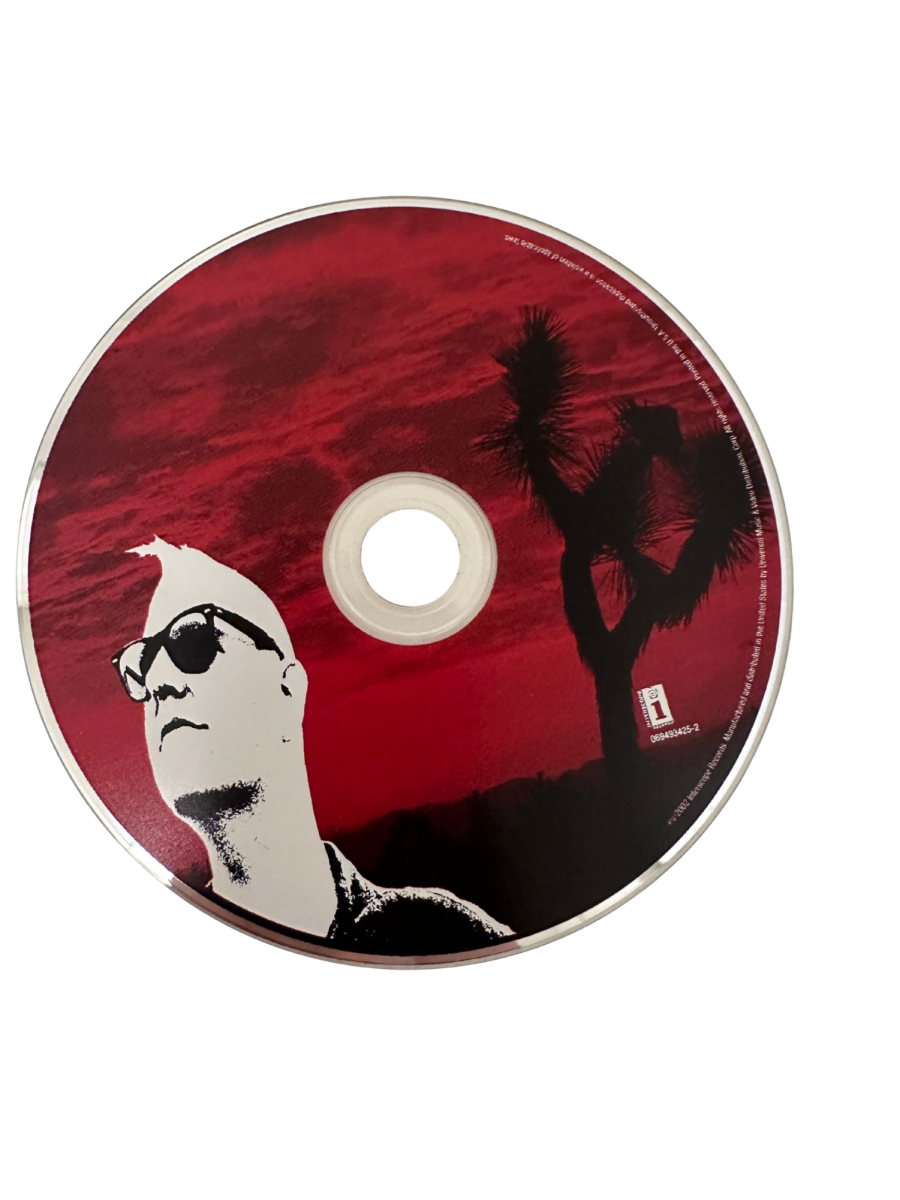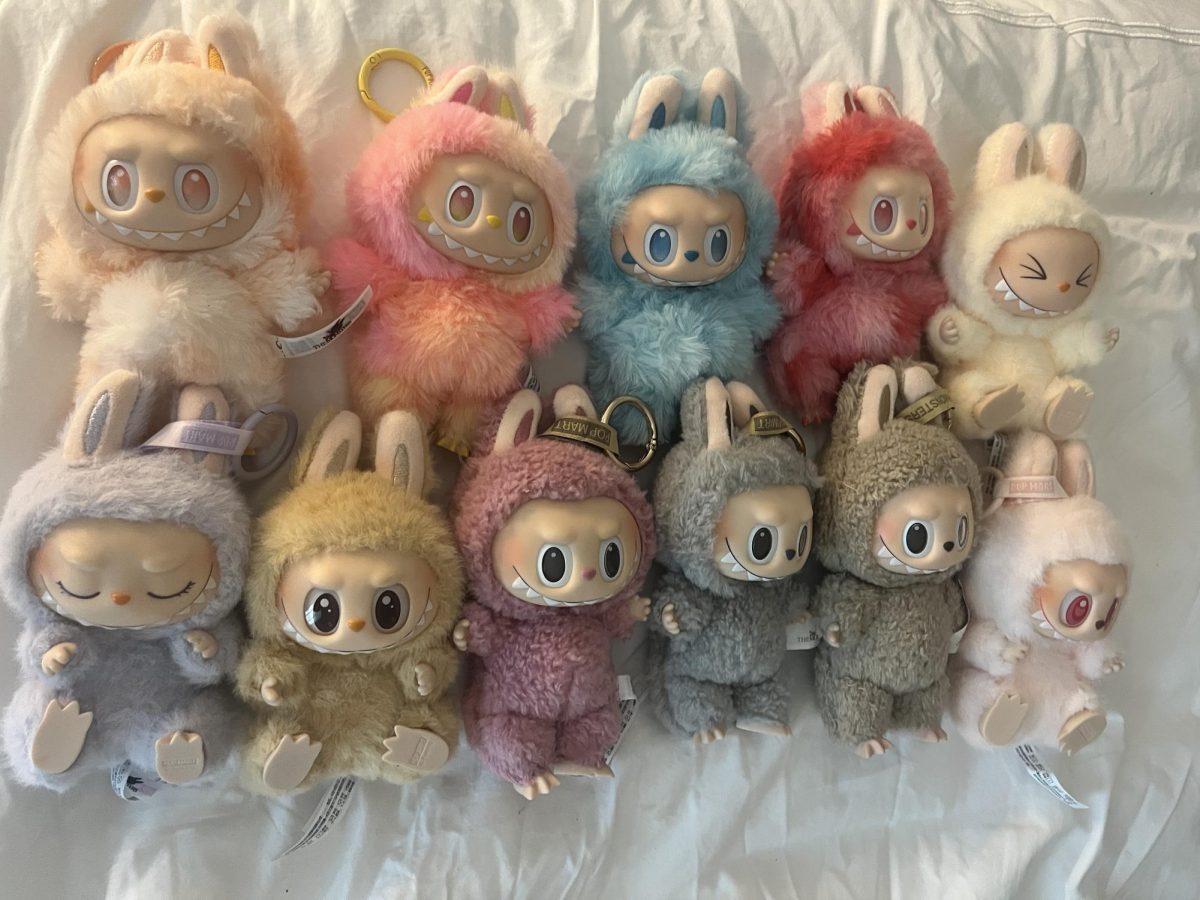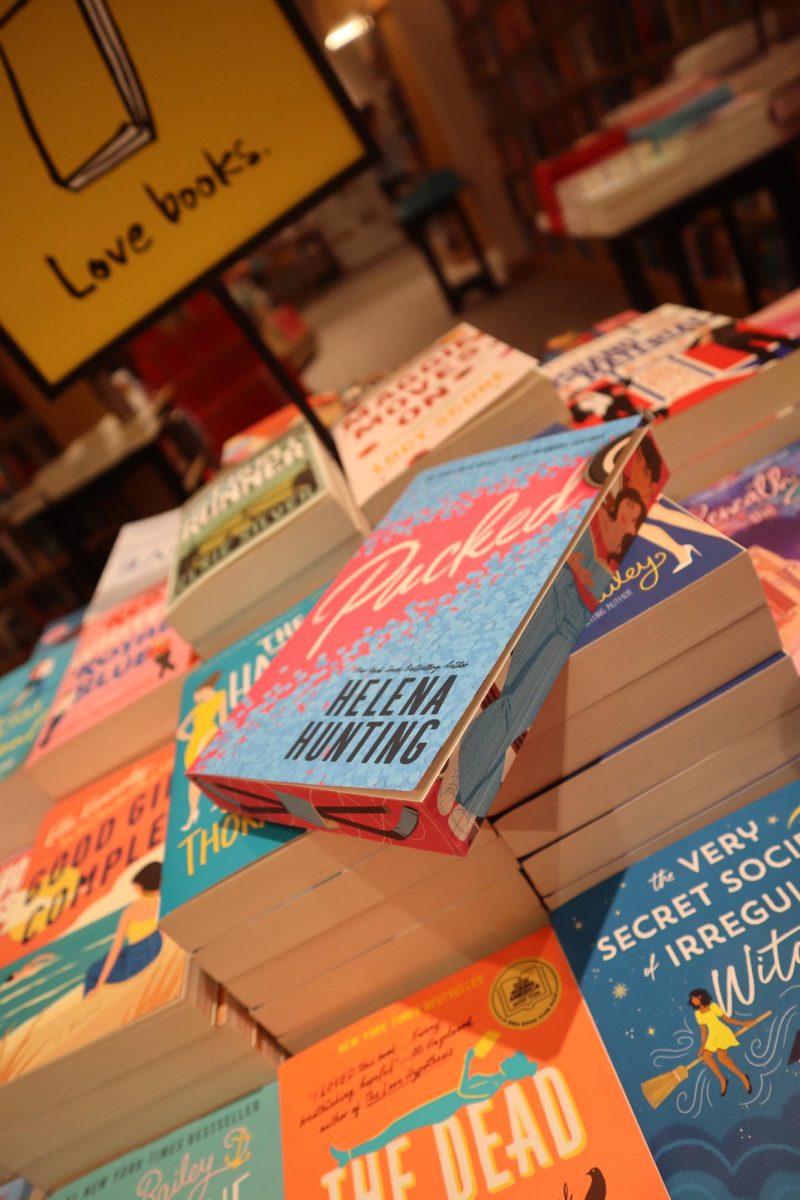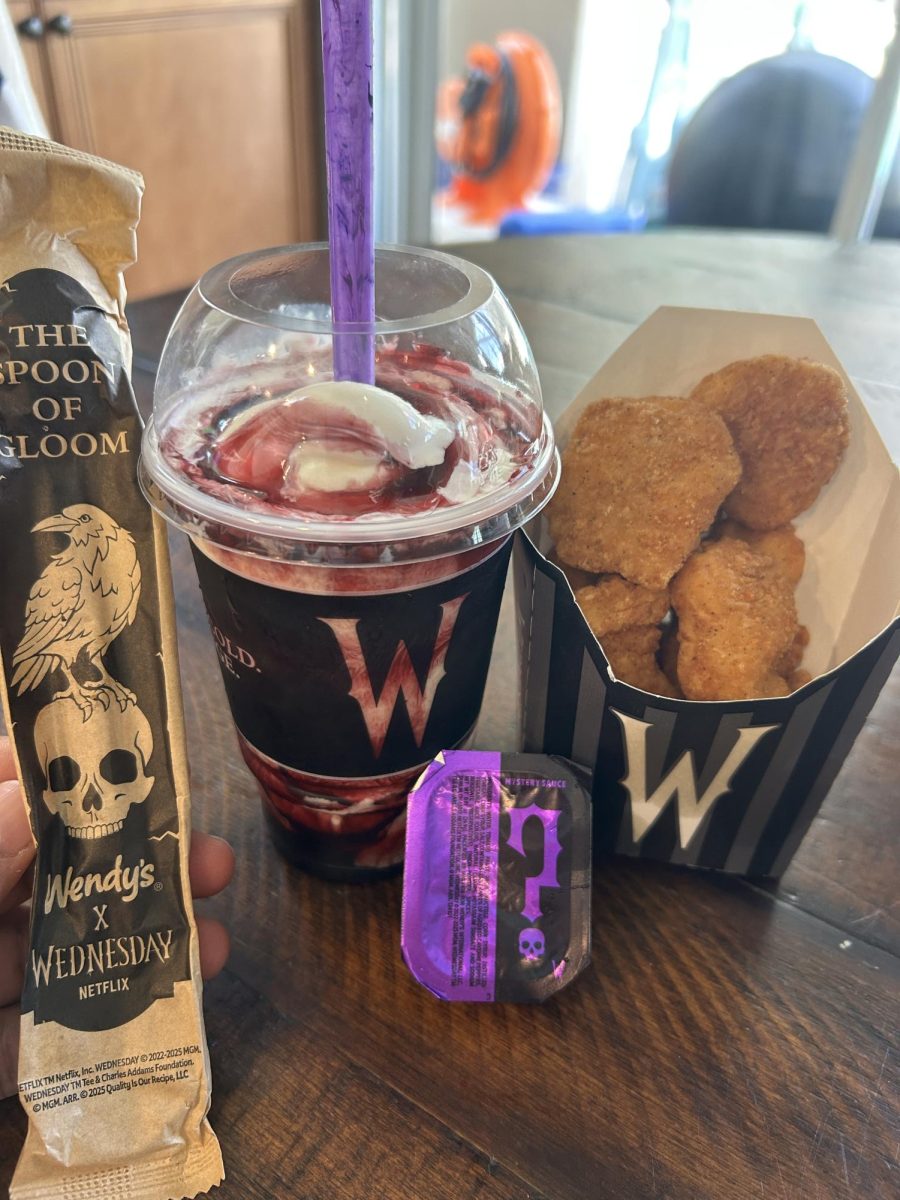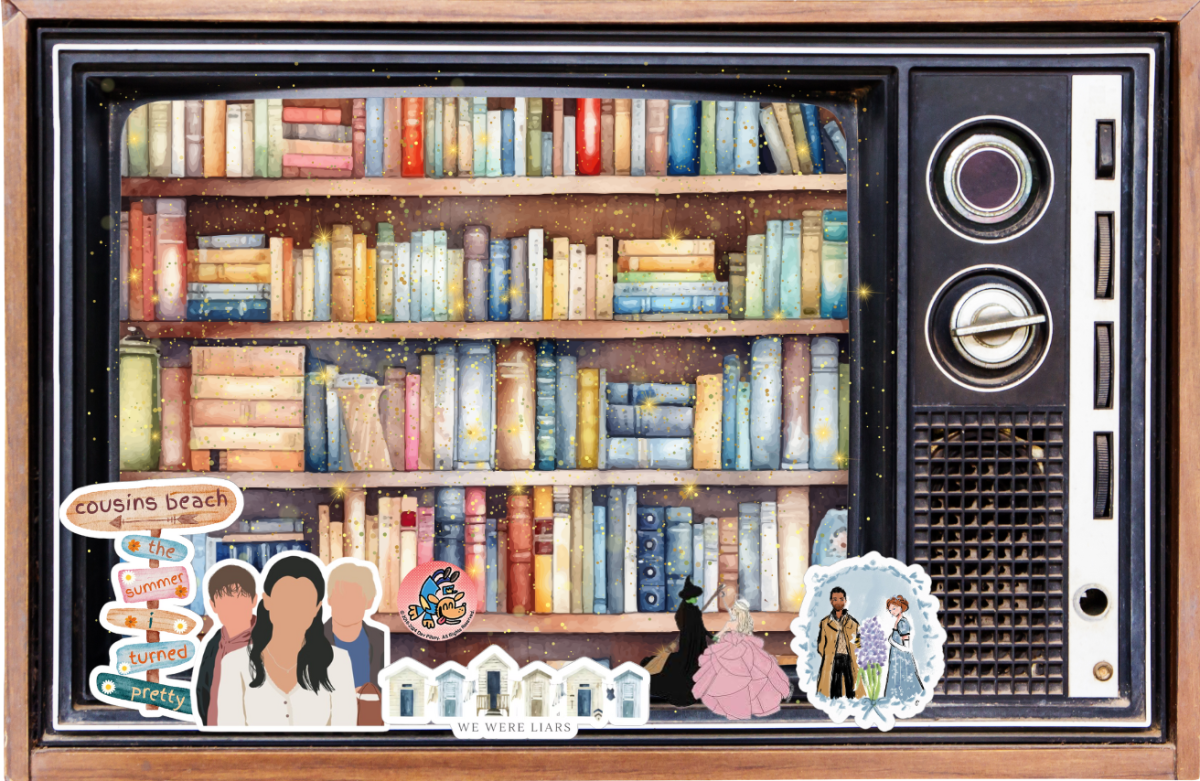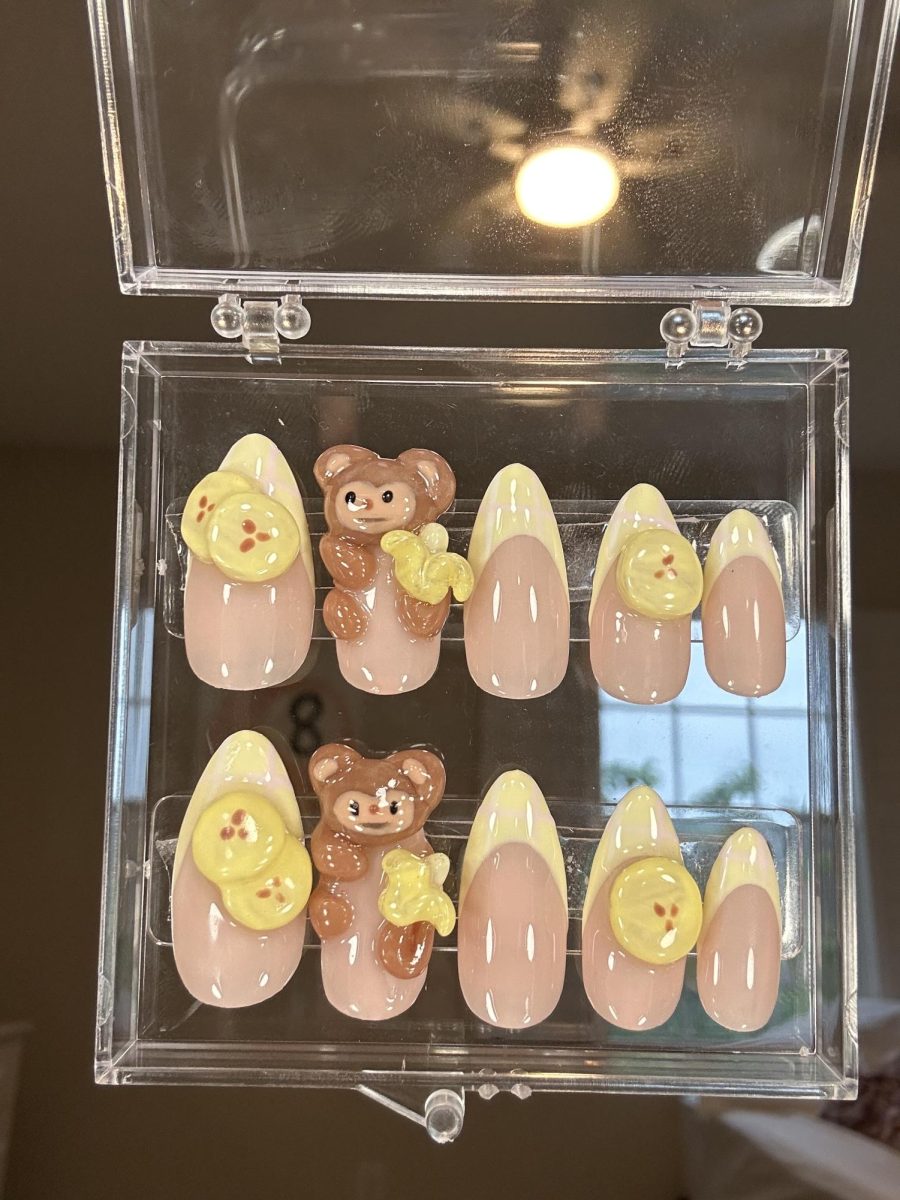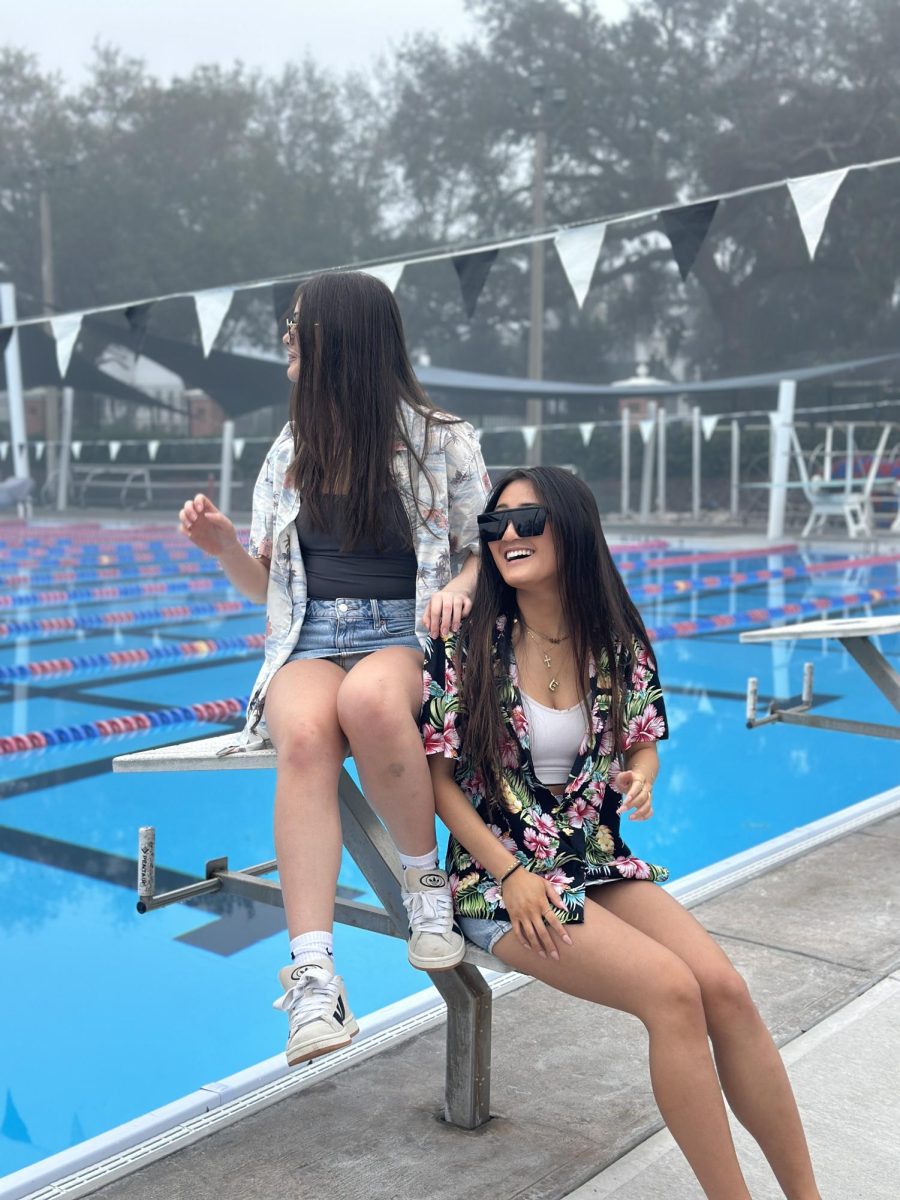Parents have become increasingly lenient in the past years with their children’s screen time, allowing kids to have access to social media at a much younger age than before. Along with younger kids, teenagers and young adults are becoming more and more reliant on their technology. With all of these young, impressionable minds, trends are spreading like a virus. Previously, trends were controlled by major brands in high fashion, determining the next look by their seasonal collections. Now, society is centered around celebrities and influencers, who are creating smaller, month-long trends, called micotrends. These trends reach anyone and everyone on social media, which increases consumerism.
The most recent microtrends include bows, Adidas Sambas, and girly water bottles. These items have been promoted across different media platforms like TikTok and Instagram by celebrities and influencers like Gracie Abrams and Emma Chamberlain. “Coquette” has been a popular style for about a year now, but in reality, it has existed for years and is only now “cool.” This style originated from the Victorian Era, defined by lace, frills, and ribbon, but has been watered down for mainstream media, only including pink and bows. Many celebrities love this trend, sporting bows and pastels to big events. At the 2023 Met Gala, Sydney Sweeney wore a blush gown from Miumiu, paired with a large hair bow.
Around the same Hailey Bieber seemed very inspired by the coquette trend and posted multiple pictures of frilly pajamas, hair bows, and pink dresses. Many fast fashion brands like Shein and Temu saw their opportunity to make money and started producing thousands of products centered around this style, selling shirts with bow prints and awkwardly placed ribbons. After being influenced by celebrities and media, consumers turned to fast fashion for these cheap and trendy pieces. Thousands of these products are now in closets across the world, collecting dust. Coquette has been replaced with another trendy style.
Not only have microtrends centered around bows, but they also seem to love water bottles. Athletic wear has become more popular in recent years, and brands like Lululemon and Athleta have made millions off of the “Preppy” trend. This trend includes colorful skirts and shorts, white sneakers, and plenty of gold jewelry. But preppy doesn’t stop there; it has adopted a water bottle. Stanley water bottles have gone viral and went from making $75 million a year to $750 million in 2023, according to Forbes.
Many students at Lake Highland carry around these cups every day, and when asked why they bought them, Kady McKenna, grade 10, said her Stanley water bottle, “Kept my drink cold all day.” But isn’t keeping a drink cold a benefit of many other water bottle brands? Many students agree with this, one being Cleo Richardson, grade 12. She said, “I can find other solutions to do the same” and called Stanley water bottles, “Bulky and unnecessary.” It seems that this opinion is becoming more and more common, and Stanleys might join Hydro Flasks in the back of cabinets and thrift stores.
So, what will be the next cool water bottle? Many Lake Highland students have started buying Owalas, a thinner bottle with a free sip spout. This trend has not only reached Lake Highland but is spreading all throughout social media. Owala sales are going up, and Stanley sales are going down. But why are people buying expensive water bottles when they have old ones that work just as well? They want to fit in. People are losing their own style and are catering to mainstream media. They think buying the next trend will make them cooler, when in reality it is making everyone a clone.
People are so heavily influenced by celebrities and media that our society is straying further and further away from sustainability. Fast fashion brands are loving these trends as they can quickly design and sell cheap clothing that they know will make them money. Microtrends create this horrible loop, creating low-quality fast fashion to be worn for a month, only to be donated to a thrift store and given to less fortunate people low-quality products as their only option. The extra clothes that don’t make it to a charity or thrift store are just thrown away, putting tons of plastic and chemicals in landfills while polluting the surrounding areas. These items won’t decompose and will take land away from people and animals, adding to the massive garbage dump that is our world.
Something we can do to be more sustainable is finding personal style and buying clothes that fit in that category, not the current trend. Buying pieces from higher-quality brands can also be helpful since they have a longer lifespan and will be a good purchase from the thrift store if they are donated. Media is amazing, as it allows us to collaborate and be creative, but we also need to remember our individuality and know when to take a break. Working towards these goals will help the environment and community, so it is crucial that sustainable practices start now more than ever.
